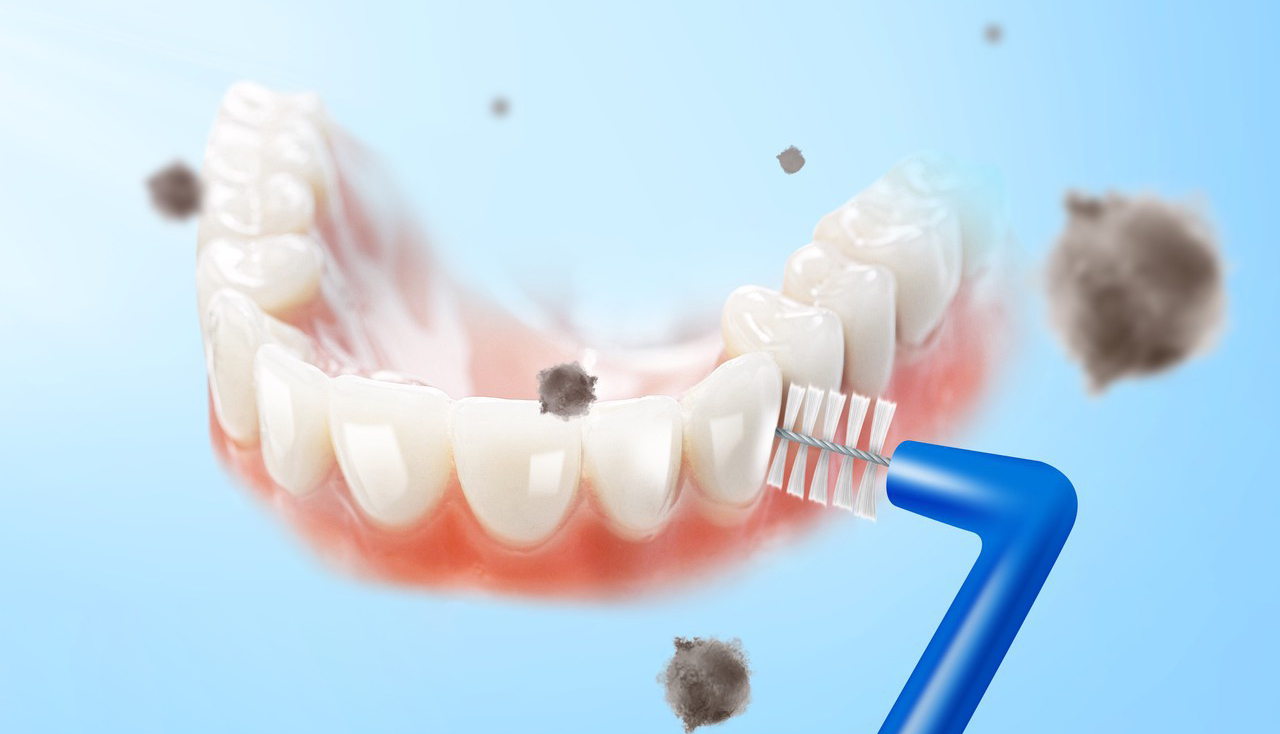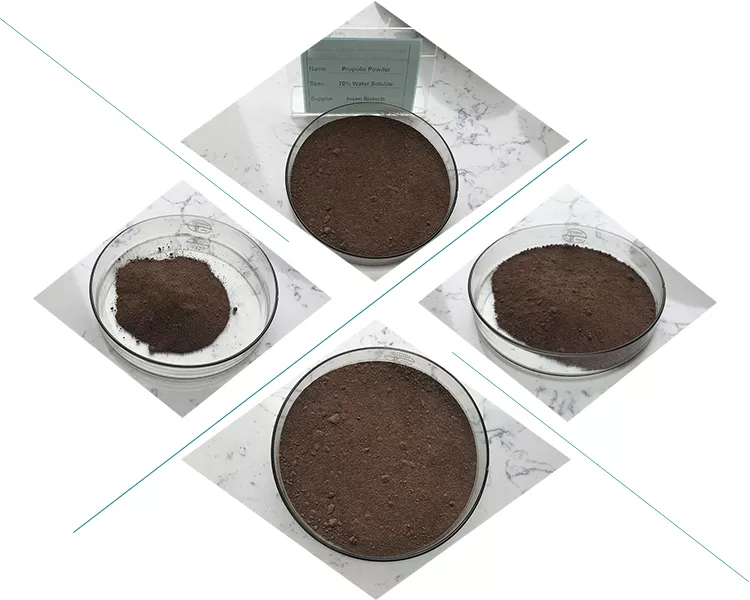Preparation of propolis powder involves a few critical steps to ensure the active compounds are preserved and the powder is easy to use. Propolis is a resin-like material collected by bees from various plant sources, and it has numerous beneficial properties, including antimicrobial, anti-inflammatory, and antioxidant effects.
Here’s a step-by-step guide on how to prepare propolis powder:
1. Collection of Raw Propolis
- Harvesting: Propolis is harvested by beekeepers from the beehive. The bees collect resins from tree buds and plant sap, which they combine with wax and enzymes to create propolis.
- Cleaning: Raw propolis is often contaminated with wax, debris, and other impurities. Before processing, it must be cleaned to remove these contaminants.
2. Freezing the Propolis
- Freezing: Raw propolis is typically frozen before further processing. Freezing makes it brittle, which makes it easier to break into small pieces or grind.
- Crushing: After freezing, the propolis is crushed or broken into smaller fragments. This is usually done by hand or using a mechanical device, such as a hammer mill or a grinder.

3. Purification
- Alcohol Extraction (optional): To extract the beneficial compounds more efficiently, propolis may be soaked in alcohol (such as ethanol) for several days to make a tincture. This process removes the wax and some of the other non-active components. After soaking, the alcohol is evaporated, leaving behind concentrated propolis extract.
- Decanting: Once the alcohol evaporates, what remains is the purified propolis that can be dried further to create powder.
4. Drying
- Evaporation: If alcohol was used in the extraction process, the tincture should be placed in a well-ventilated area or a drying chamber to evaporate the liquid.
- Dehydration: Sometimes, the propolis is further dehydrated to remove any residual moisture, ensuring that the powder is dry and free-flowing.
5. Grinding
- Grinding into Powder: Once dried, the solidified propolis is ground into a fine powder using a mill, mortar and pestle, or high-speed grinder.
- Sieving: The powder is sifted to ensure uniform particle size and remove any larger particles or remaining impurities.
6. Storage
- Packaging: The final propolis powder is stored in airtight containers, preferably in a cool, dry, and dark place to preserve its active compounds. Exposure to heat, light, and humidity can degrade the potency of propolis.
- Shelf Life: Propolis powder has a relatively long shelf life if stored properly, but it should be checked periodically for any signs of moisture or degradation.
7. Quality Control
- Testing: To ensure the powder retains its beneficial properties, it may undergo testing for purity and potency, checking for the levels of active compounds like flavonoids, phenolic acids, and other bioactive substances.

Optional Additional Steps:
- Encapsulation: Propolis powder can also be encapsulated in gel capsules for easier consumption.
- Blending: For added convenience, propolis powder might be blended with other powders (like bee pollen, honey powder, or turmeric) to enhance its benefits or to create supplement products.
Note: When using propolis powder, it is important to use it in moderation, as it is a highly concentrated natural substance. Also, individuals who are allergic to bee products should exercise caution, as propolis can cause allergic reactions.
If you have any more specific questions or would like more details on any of the steps, feel free to ask!
